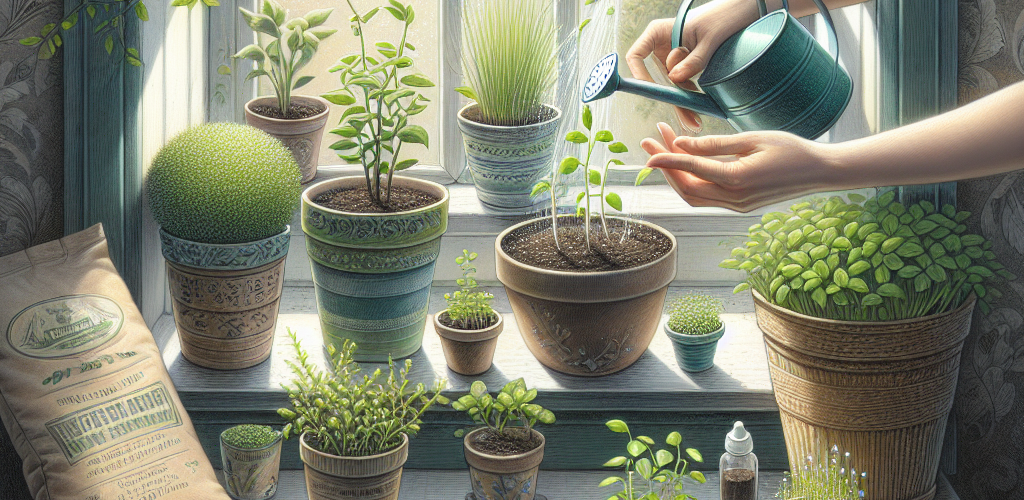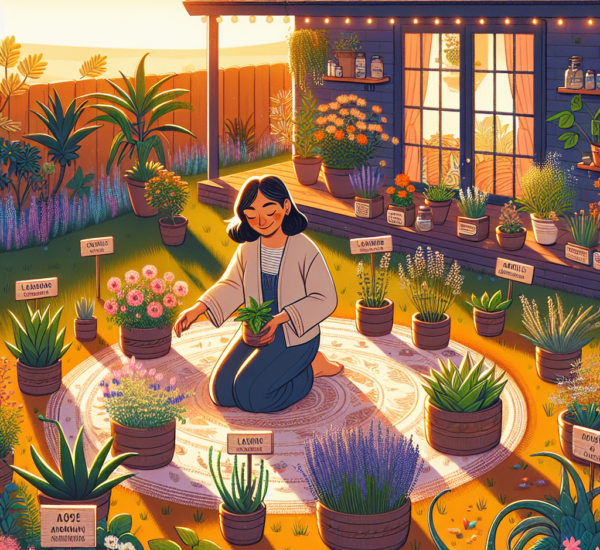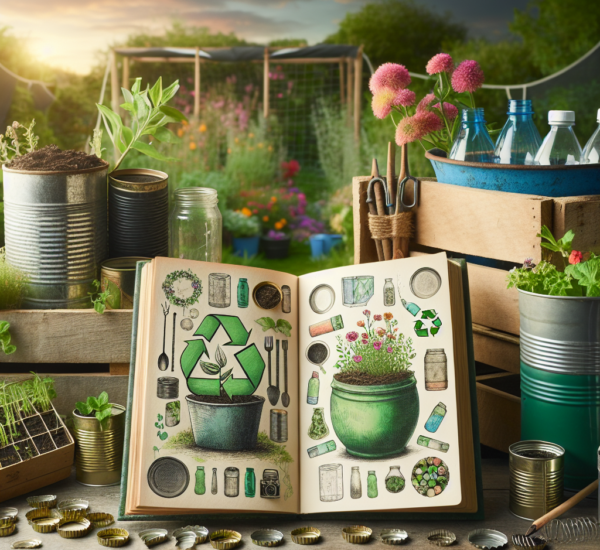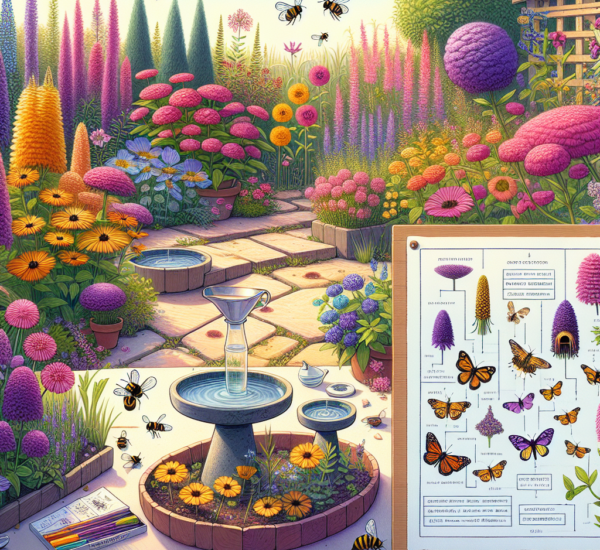Dreaming of lush greenery within the comfort of your home? Starting a small indoor garden is the perfect solution for plant lovers and beginners eager to improve their green thumb. This guide will walk you through the essential steps to cultivate vibrant indoor plants without outdoor space constraints, while boosting your home’s ambiance and air quality. Ready to embark on your gardening journey? Let’s dig in!
Table of Contents
- Why Indoor Gardening?
- Choosing the Right Plants
- Setting Up Your Indoor Garden
- Maintaining Your Garden
- Common Indoor Gardening Mistakes
- Conclusion
- FAQ
Why Indoor Gardening?
Indoor gardening offers numerous benefits beyond aesthetic appeal. Not only does it enhance your living environment, but it also provides health advantages like improving air quality and reducing stress. Let’s explore some compelling reasons to start your indoor garden today:
- Space Efficiency: Utilize limited space with vertical and container gardening methods.
- Control Over Growth Conditions: Adjust light, water, and temperature for optimal plant health.
- Year-Round Freshness: Grow herbs and vegetables for continuous fresh produce.
Choosing the Right Plants
Assessing Your Environment
Before selecting plants, evaluate your home’s environment. Consider factors like natural light availability, temperature fluctuations, and humidity levels. This will ensure you choose plants that thrive under your home’s specific conditions.
Best Plants for Indoor Gardening
Here are some ideal plants for beginners:
- Spider Plants: Renowned for their air-purifying qualities and resilience.
- Pothos: Thrives in low-light conditions and requires minimal care.
- Succulents: Perfect for those with limited watering time.
- Herbs: Basil, mint, and chives are great for culinary use and easy cultivation.
Setting Up Your Indoor Garden
Choosing the Right Containers
Choosing the appropriate containers is crucial for plant health. Ensure they have drainage holes to prevent root waterlogging. Get creative with pots by repurposing old jars or using decorative planters to suit your home decor.
Soil and Fertilizers
Use high-quality potting mix tailored for your specific plants. For robust growth, supplement with appropriate fertilizers during the growing season.
Lighting Solutions
Natural sunlight is ideal, but not always feasible. Consider artificial lighting options like LED grow lights to cater to your plants’ needs (more on this later).
Maintaining Your Garden
Watering Practices
Monitor plant water requirements closely. Overwatering is the most common pitfall. Use pots with drainage and allow soil to dry between watering sessions.
Monitoring Light Exposure
Monitor light exposure and rotate your plants regularly to ensure even light distribution. Use light meters to assess light levels accurately.
Pruning and Cleaning
Regular pruning ensures healthy growth and aesthetics. Wipe leaves to remove dust, ensuring optimal photosynthesis.
Common Indoor Gardening Mistakes
- Overwatering: Leading cause of plant failure; always check soil moisture.
- Ignoring Light Needs: Match each plant’s light requirement with its environment.
- Skipping Fertilization: Essential for plant nutrition and growth promotion.
Conclusion
Starting a small indoor garden is a rewarding endeavor, offering numerous health and aesthetic benefits. With careful planning and maintenance, your indoor oasis can thrive year-round. Whether for beauty, food, or air quality, indoor gardening is an enriching hobby with endless possibilities.
Get Growing Today!
Ready to transform your space into a lush green haven? Start by choosing a plant and follow this guide. Don’t forget to share your progress with us on social media!
FAQ
What are the best beginner plants for indoor gardening?
Spider plants, pothos, and succulents are excellent beginner-friendly options due to their adaptability and low maintenance needs.
How often should I water my indoor plants?
Watering frequency depends on the plant and its environment. Generally, water when the top inch of soil feels dry.
Can I use regular garden soil for indoor plants?
No, regular garden soil is too dense for indoor plants. Use a high-quality potting mix instead.




